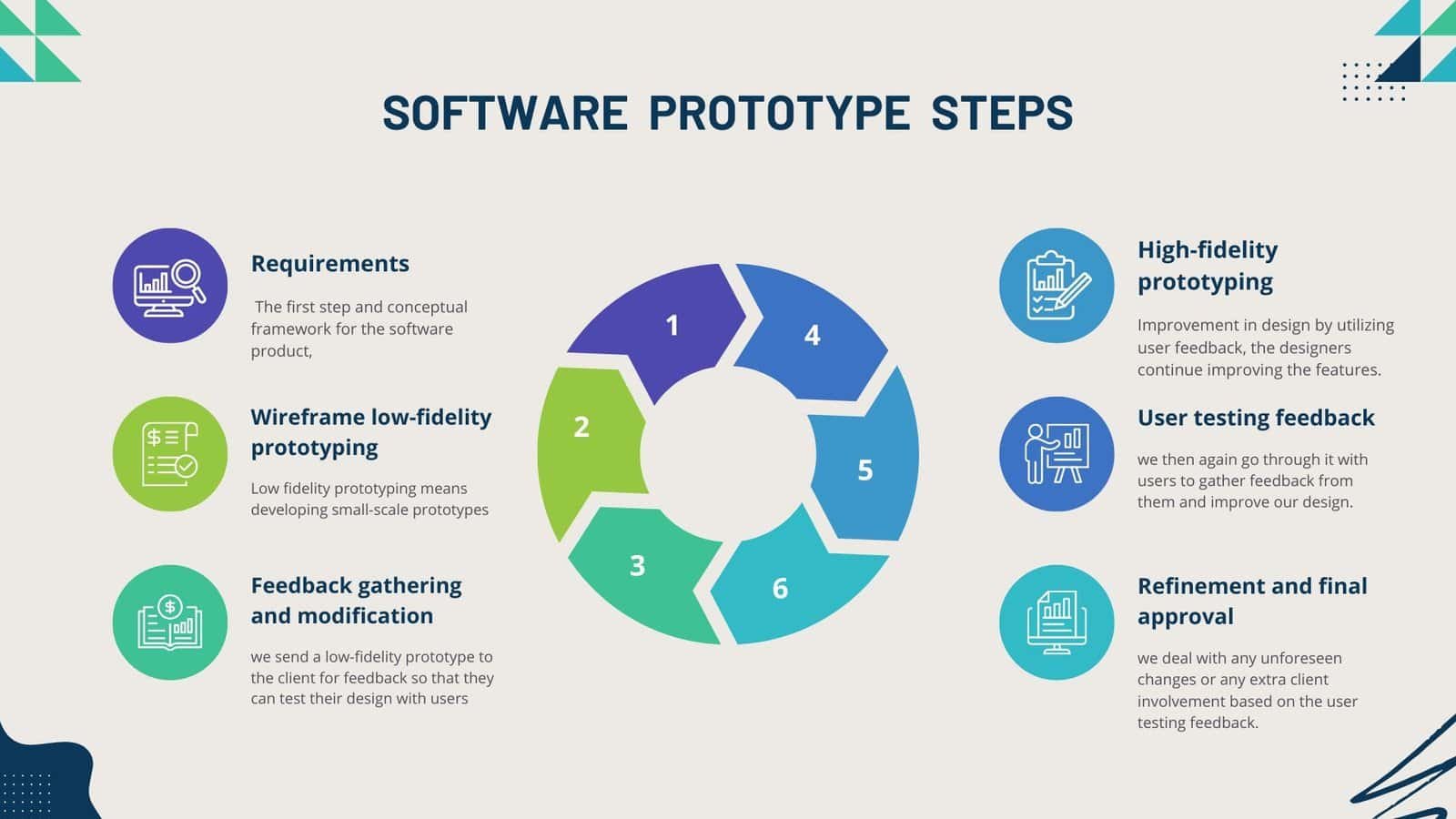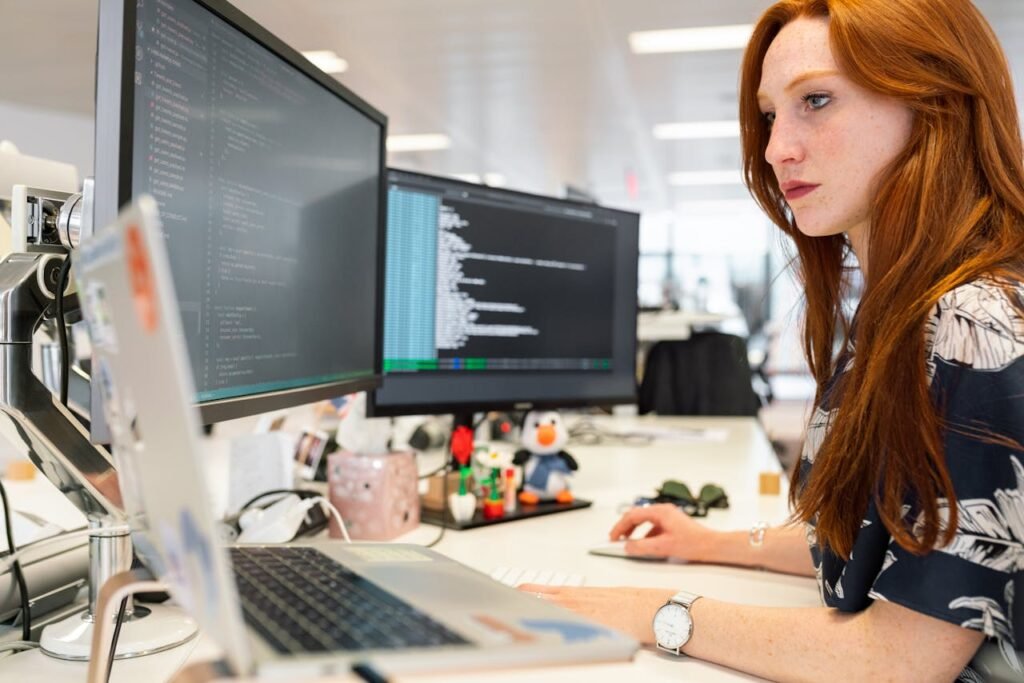Software Prototyping, Initial Ideal Design for Your Software Needs
Software prototyping is the initial conceptual design of your product before moving forward with the software development process. The process of software prototyping is similar to prototyping in other fields, such as mechanical engineering or manufacturing, where we design an initial design of the product or anything of that nature.
When launching new software across the market, we already have an idea of basic design, where a design concept helps in specifying the basic interface and functions. At this point, a product designer comes in and helps in making a visual design of your idea concepts. The benefit is that at Humans Meta Tech, we have a team of specialists with expertise in software design and development, from prototype design to final software development.
Things You Must Know About Software Product Prototyping

Software Product Prototyping
The software prototype design is a very important aspect of the software development lifecycle because it allows us to experiment, test, and optimize our ideas before moving on to full-scale software development. Software prototypes are base-design solutions that closely match the design and functionality of the final software product. If you are going to design a software product, then the prototype is the best solution for deciding on a final design so that we avoid confusion.
At Humans Meta Tech, we use our team of specialists in product design from prototyping to final product development. Our primary focus is to advance your business using our skills and innovations. Connect with us to get your software development to stand out and stay on the market for a long time with our specialists’ product leadership strategies and designs.
.
Software Prototyping Services and Fundamental Steps
We can define stages for software development as steps in the journey while designing a software prototype. This can include basic information like requirements, a basic design idea, feedback from testing users, and the final design while improving on the initial prototype design.

01
Requirements
The requirements are the first step and conceptual framework for the software product, and these practices allow UX/UI designers to get detailed information about the nature of the product, capabilities, user experience, and ultimate goals.
After getting these details, we create visualizations, and our team generally makes a map that shows what the client needs to do. These workflows assist in identifying the complete design and automation of users from one page to the next.
02
Wireframing and Low-Fidelity Prototyping
Wireframing is the basic structure of a prototype, in which we use tools like Sketch, Figma, or even pen and paper to design wireframes that display the basic structure and layout of the software. After collecting the details or requirements about product design, the project team designs an initial software prototype.
However, low-fidelity prototyping means developing small-scale prototypes that focus on the design, structure, and basic interfaces. These models help show how things work for users and figure out any major problems with the design right away.
03
Feedback Gathering and Modification
After creating a low-fidelity prototype, we evaluate it with feedback that can be regularly gathered through surveys, interviews, soliciting reviews, or utilizing appropriate tools that gather informal feedback from users. The focus of collecting the information is to satisfy your customers’ demands, identify growth opportunities, and, in the long run, enhance customer satisfaction.
In this process, we send a low-fidelity prototype to the client for feedback, so that they can test their design with users and collect feedback from them. After the designer has received the gathered feedback, they proceed to modify or enhance the design, features, and user experience of the prototype following the client’s requirements.
04
High-Fidelity Prototyping
After further improvement in design by utilizing user feedback, the designers continue improving the features and move forward to construct a high-fidelity version of the product. Likewise, it involves integrating more complex elements, branding, and user-friendly interfaces to provide a more impressive visual representation of the overall product.
05
User testing and feedback
After completing the high-fidelity design, we then again go through it with users to gather feedback from them and improve our design for the overall ready product. In this process, we use the feedback to further identify design issues, refine features, and make sure that the product aligns with the client’s expectations.
06
Refinement and Final Approval
This is the final step, where we deal with any unforeseen changes or any extra client involvement based on the user testing feedback. Then we completely refine the high-fidelity prototype by using user feedback and other extra client suggestions. This is the final design of the product, as it aligns closely with the client’s requirements. The finished prototype is then transferred to the client for final approval because it is compatible and has passed user testing.
Join US Now!
Join our Team of Experts and Enrich Your Software Evolution
We encourage you to connect with our team of professionals in managing and developing your development. If you are launching a new software or improving your prebuilt product, you can contact us and let us create the best design for your software that will boost your development productivity, we are here to turn your invention into a successful product.
.






